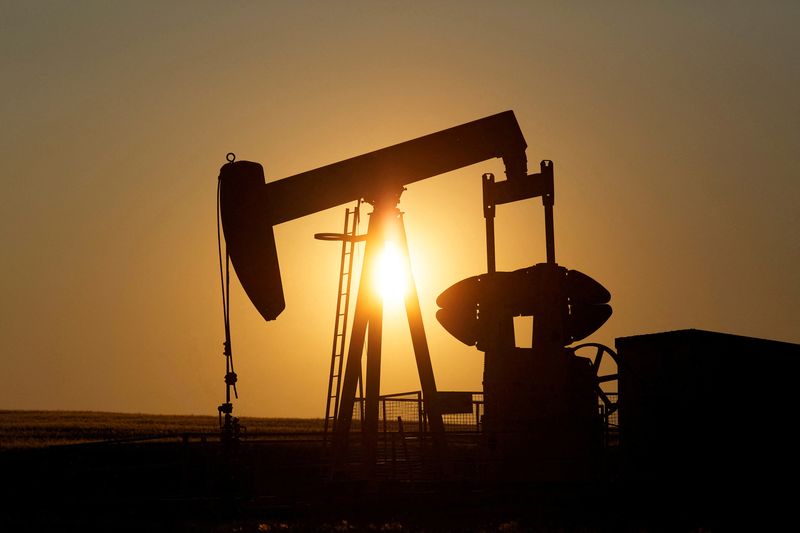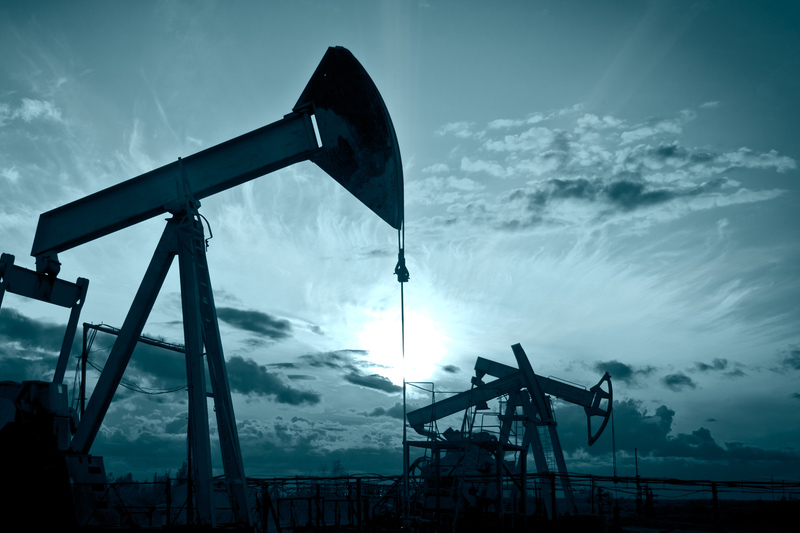By Nia Williams
(Reuters) – Canada’s energy industry does not expect new U.S. President Donald Trump’s broad plans for protectionist trade measures to include tariffs on Canadian oil imports as many U.S. refineries rely on barrels from north of the border.
Some Canadian oil industry participants saw Trump’s election as a positive that would boost energy investment across North America and could increase the value of the U.S. dollars that Canadian producers receive for their crude. However, some said any increase in U.S. oil and gas production could increase competition for Canadian exports to other parts of the world.
Canada is the fourth largest oil producer in the world and the sixth largest producer. The vast majority of the country’s 4 million barrels per day of crude oil exports go to the US, meaning any slowdown in energy trade would have a major impact on the Canadian economy.
Trump has floated the idea of a tariff of 10% or more on all goods imported into the US. Most industry analysts say that is unlikely to include Canadian oil, which cannot be easily replaced because it is different from the types the U.S. produces.
“If you were to put a bunch of tariffs on Canadian oil, it’s not like there’s an alternative available,” said BMO Capital Markets analyst Jeremy McCrea.
Many U.S. refineries, especially in the Midwest and Gulf Coast, have invested in costly upgrade units to process heavy sour Canadian crude, which is more difficult to refine and therefore usually cheaper than the light shale oil that is plentiful in the U.S.
In the Midwest, a refining region that supplies major cities like Chicago and Detroit, almost all refinery feedstock comes from Canada. Adding tariffs to crude oil imports would likely raise refineries’ costs and drive up fuel prices for consumers.
The likelihood of Trump imposing tariffs on Canadian barrels is extremely slim, says Commodity Context analyst Rory Johnston, but any trade measures would also hurt Canadian producers because they have little ability to export elsewhere.
A slowdown in U.S. purchases would likely create a crude oil bottleneck in Alberta and push Canadian crude prices lower, he said. He estimated that a 20% tariff could roughly double the current discount on heavy crude.
“The fact that it is a risk at all underlines the unique vulnerability of Canada’s oil sector to U.S. policy,” Johnston said.
Trump’s media team did not immediately respond to a request for comment.
PRO-BUILDING PRESIDENT
Canadian oil industry players said that while the idea of tariffs is concerning, they also saw the potential that less regulation around oil and gas would rub off on Canadian policymakers.
“This is a president who is pro-development, pro-build, and that will extend to Canada, some of those investments,” said Tristan Goodman, CEO of the Explorers and Producers Association of Canada.
Trump’s re-election could force Canadian companies and the government to invest more to improve the country’s productivity or risk falling further behind the U.S., Goodman said.
“It’s certainly a lot more positive than negative, but there are a few unknowns,” he said.
Trump’s election victory sent the US dollar higher against the Canadian dollar, although they recovered those losses later in the week. The Canadian currency is trading near two-year lows and is expected to remain under pressure. That could benefit Canadian oil producers, who pay operating costs in Canadian dollars but sell barrels for U.S. dollars, BMO’s McCrea said.
Last week, Ottawa unveiled draft rules for an oil and gas emissions cap that many industry executives said would force production cuts. The opposition Conservatives, who are leading in the polls ahead of next year’s election, have said they would scrap those measures.
Some business leaders also see a risk that an increase in U.S. oil and gas production and exports could displace Canadian exports to other parts of the world.
According to the Canada Energy Regulator, 97% of Canada’s C$124 billion ($89.48 billion) oil exports went to the U.S. in 2023, but the start of the Trans Mountain expansion this year is boosting exports to Asia.
Canada’s first liquefied natural gas export project, the Shell-led LNG Canada terminal, will become operational next year, with more LNG export terminals on the way.

“Everything they export to other parts of the world is in direct competition with the oil and gas we produce in Canada,” said Michael Belenkie, CEO of midsize producer Advantage Energy.
($1 = 1.3858 Canadian dollars)


